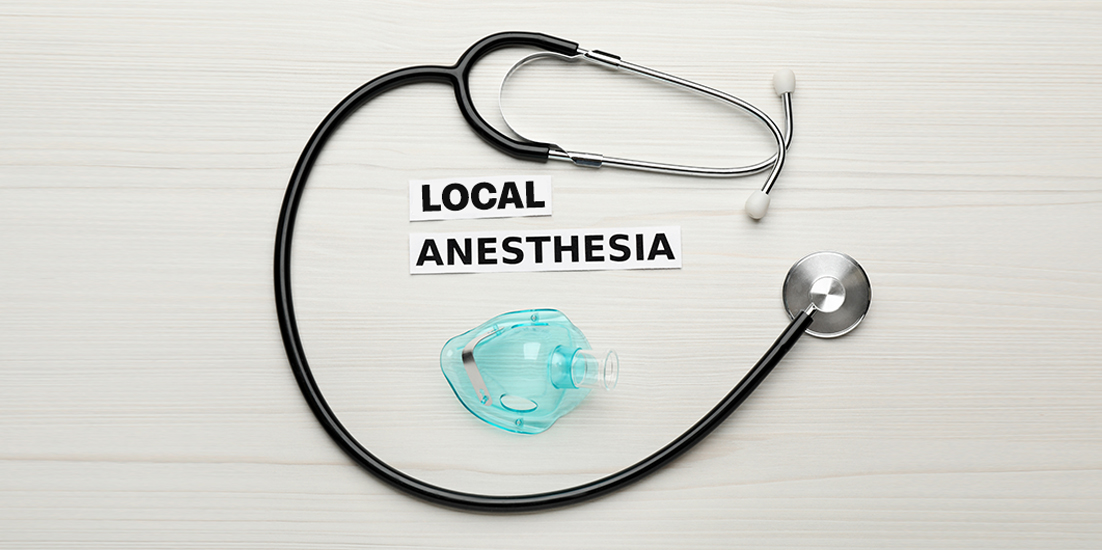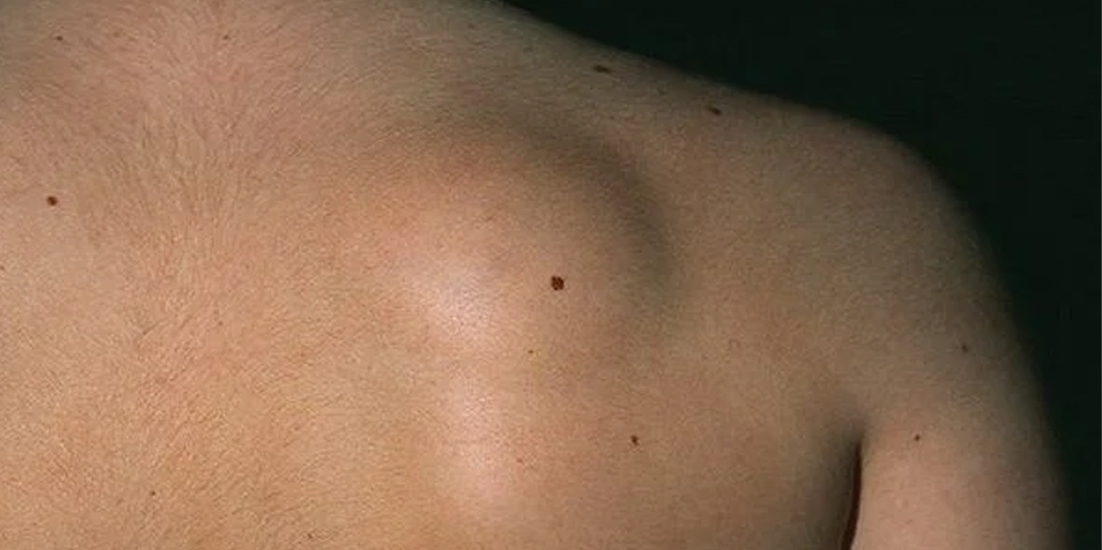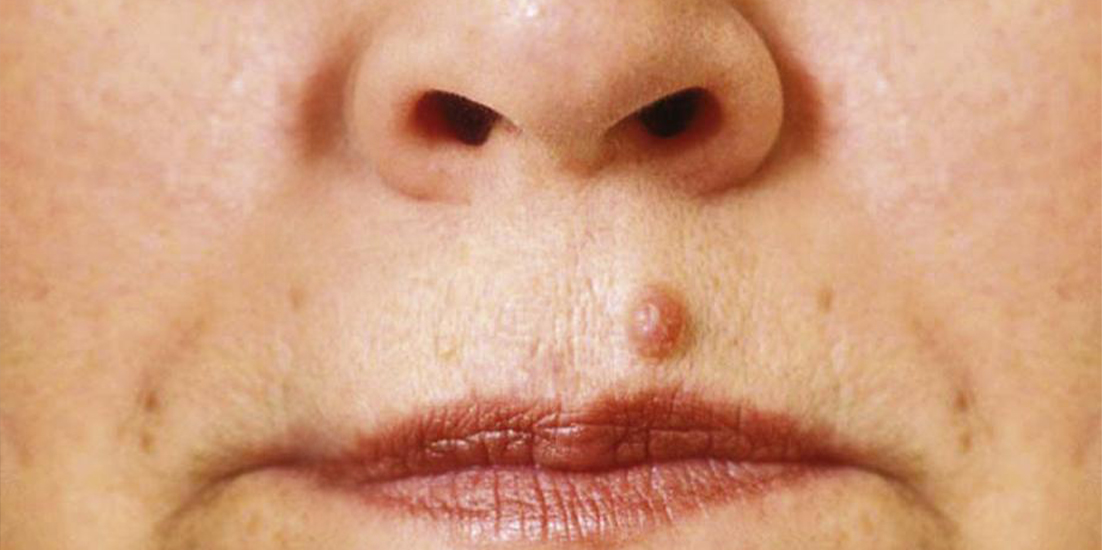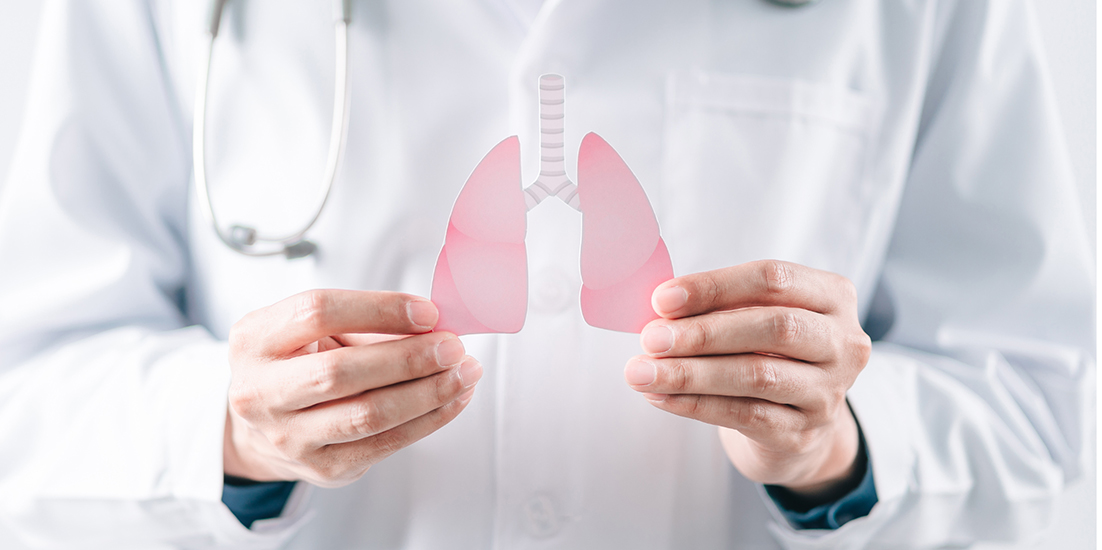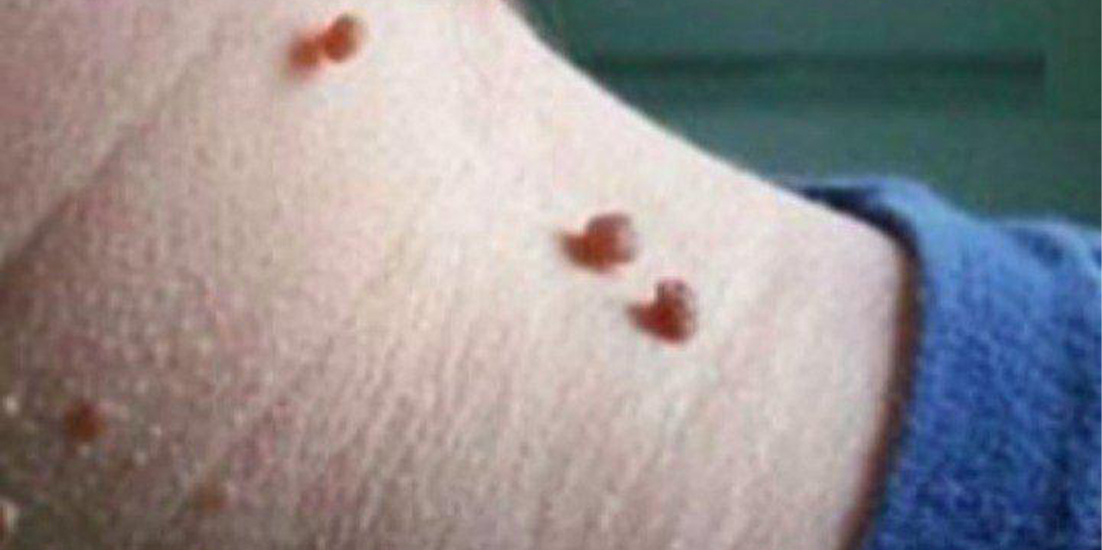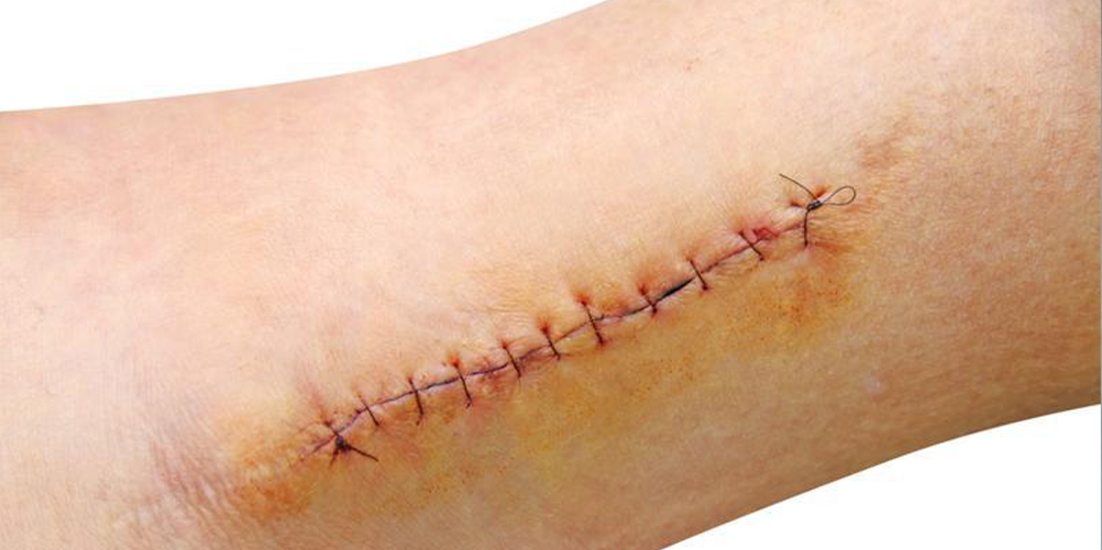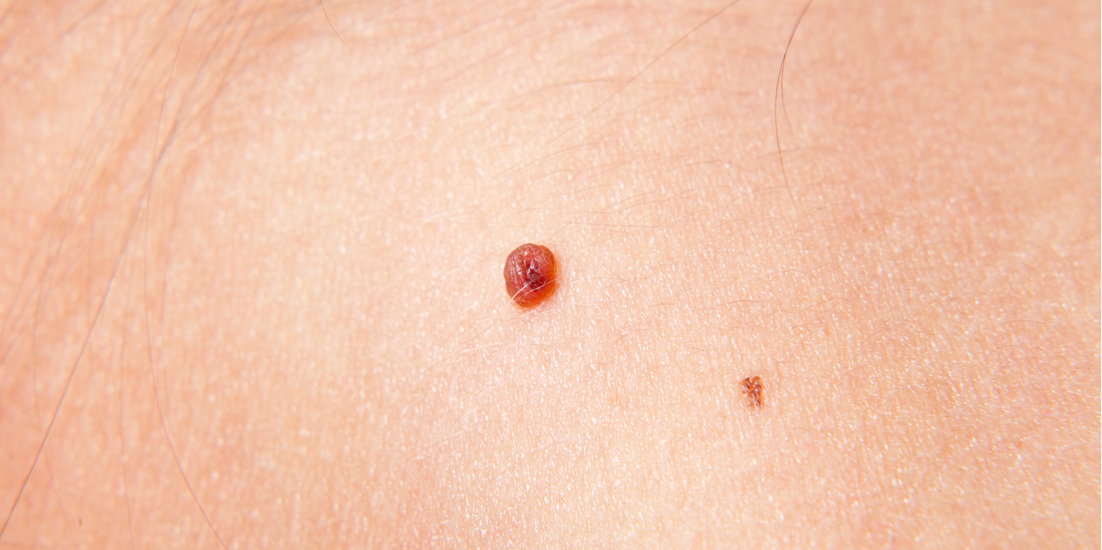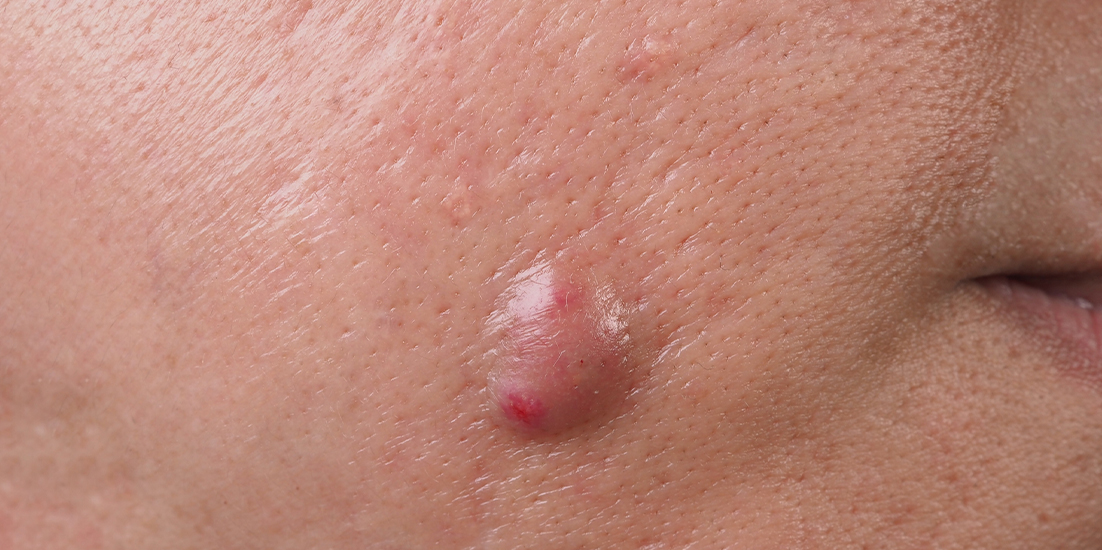Local Anesthesia
I think it's important to talk about the anesthesia we use at QuikSurg because it's a big part of who we are. We use local anesthesia called lidocaine that is absolutely adequate for all the procedures we do. It is the safest form of anesthesia because it numbs the area... I tell my patients "After this medicine is in, you should have NO pain, not a little pain, but none." As a resident in general surgery, I was interested in ways to eliminate pain so I studied the local anesthetic medications and ways to make the experience better. Turns out, there are 3 things that make a big difference: 1) The speed of injection of the medicine- if you get in a hurry and inject too fast, the injection really hurts. This is probably the most common cause of pain while giving this medication. 2) The pH of the medicine- pH is a measure of acidity or basicity of any fluid. Body fluids having a nearly neutral pH. Most local anesthetics are on the acid side so we buffer the local with normal saline or bicarbonate to bring the pH more towards neutral. This significantly diminishes the pain of injection. 3) The [...]
